TL;DR
The OnePlus Watch 3 impresses with its premium stainless steel and titanium design, comfortable fit, and durable build. Its vibrant LTPO display is bright and responsive, powered by a unique dual-chipset system that significantly boosts battery life, offering 3-5 days of use. Running Wear OS 5, it offers a smooth experience with robust health and fitness tracking, including advanced sleep analysis and GPS. The OHealth app provides comprehensive data insights for free, a major plus. While it lacks LTE and requires a paired phone for some sleep features, the Watch 3 is a compelling Wear OS option that punches above its weight. Discover if this smartwatch is the right fit for your active lifestyle!
OnePlus has established itself as a brand known for its affordable mobile phones, and more recently, watches and headphones. This review focuses on their latest Wear OS smartwatch, the OnePlus Watch 3. Boasting impressive specifications, including extended battery life, a sophisticated design, the latest processor, and a high-quality display, this review will evaluate whether the device lives up to these claims.
Design
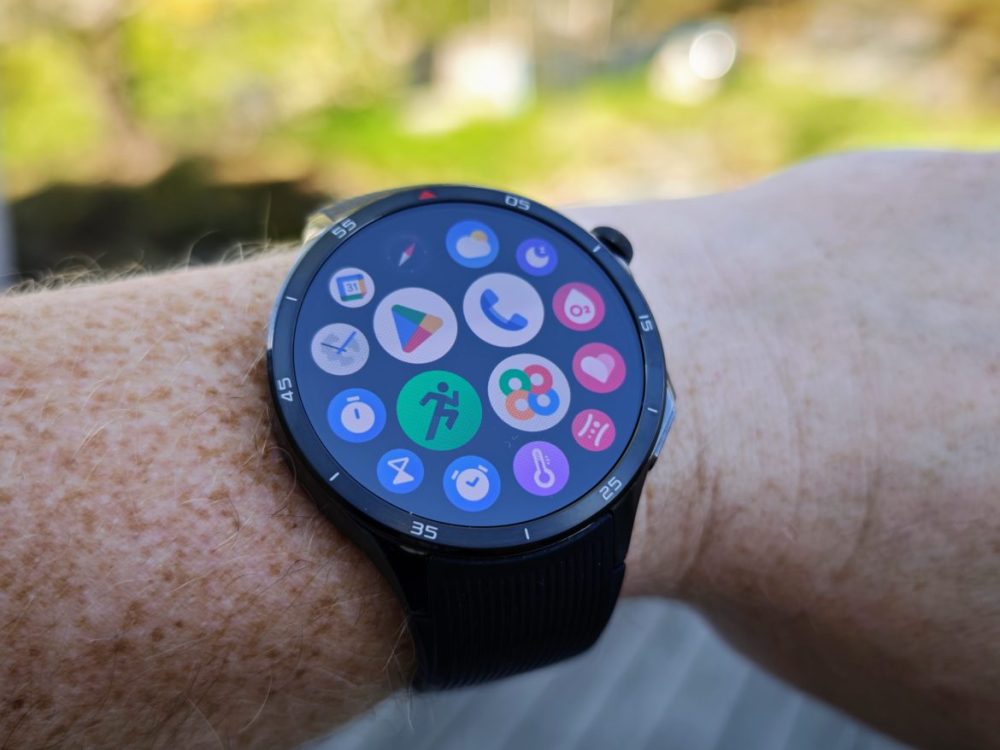
The OnePlus Watch 3 presents a robust design. It features a 1.5-inch display and measures 46.6 mm in diameter with a thickness of 11.75 mm. Its weight, without the strap, is 49.7 grams. The watch case is constructed from stainless steel, complemented by a titanium bezel and a sapphire crystal screen.
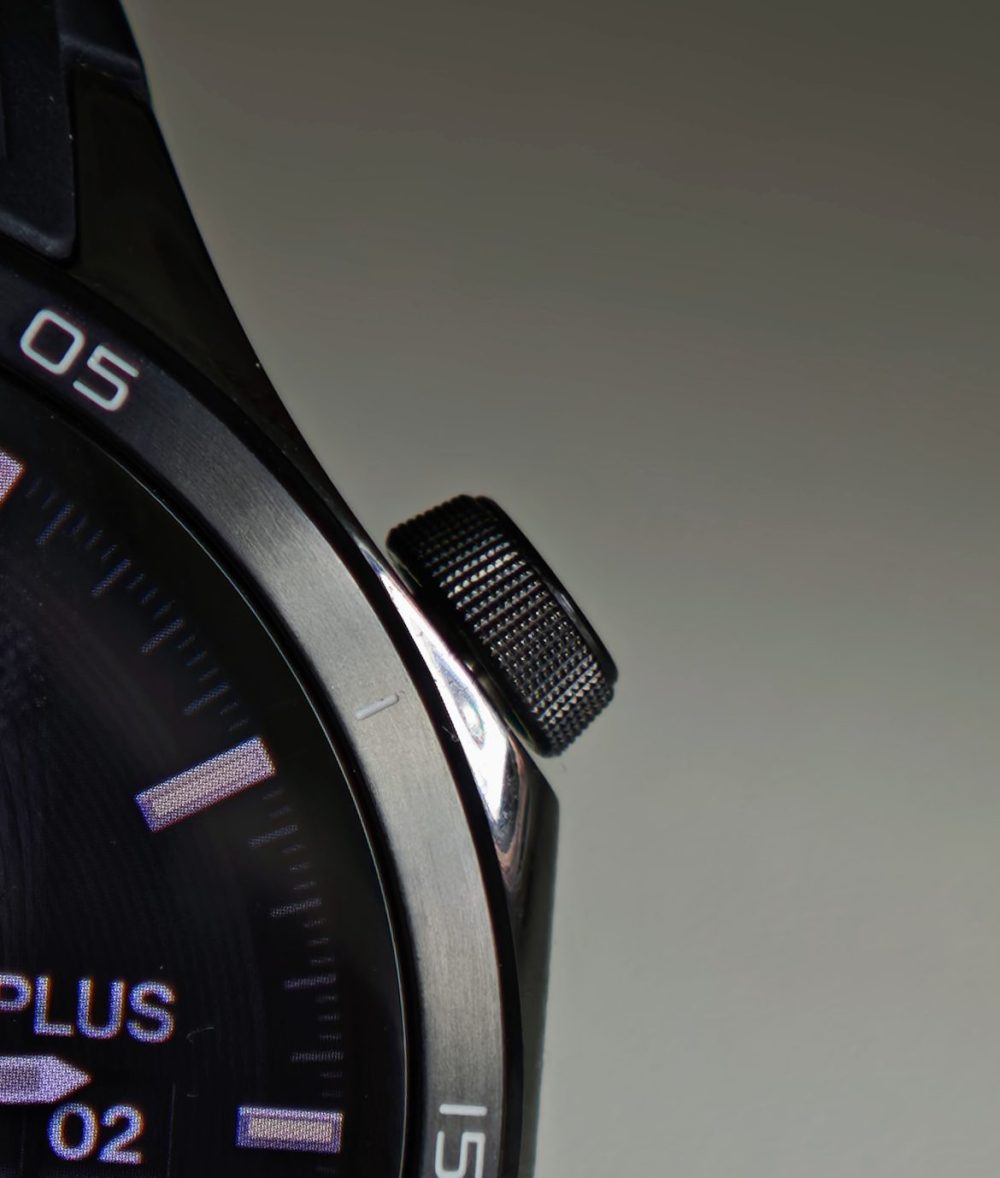
The watch’s side houses a button and a rotating crown (pictured above), both of which can be turned and pressed for navigation and control. This crown offers a valuable alternative to touchscreen-only interaction.
Despite its relatively large size, the watch maintains a comfortable feel. After a short period of use, its presence becomes less noticeable. The included strap is soft, flexible, and conforms well to the skin. Concerns about wearing the watch during sleep proved unfounded, as it caused no discomfort.
The OnePlus Watch 3 boasts an IP68 rating for water and dust resistance, along with “military-grade durability” compliant with MIL-STD-810H. This certification indicates it has successfully undergone testing for resistance to a range of environmental factors, including high and low temperatures, pressure, and rain. A comprehensive list of these tests is provided in the image below.
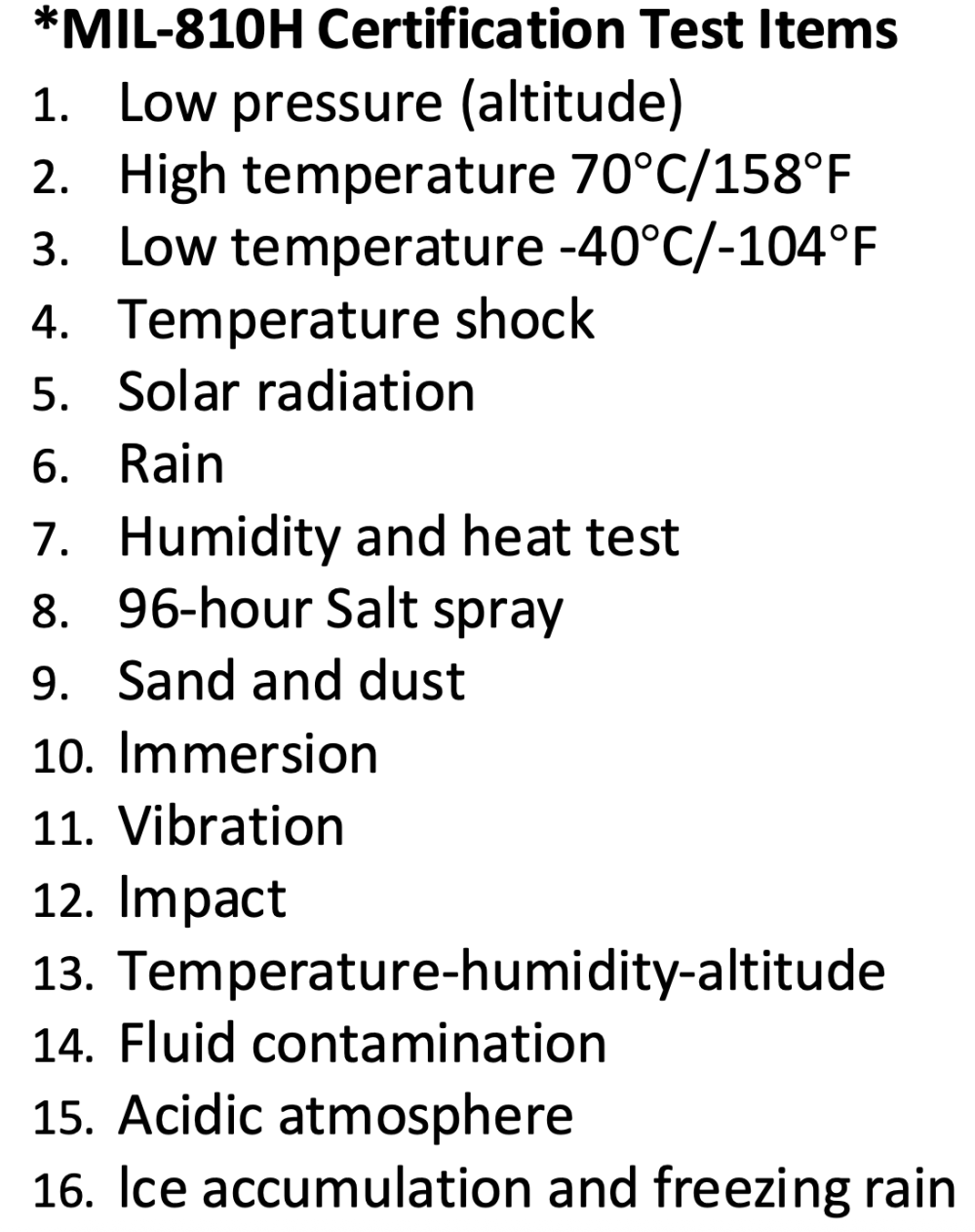
The overall impression is that the watch exhibits excellent build quality and a premium feel.
Screen
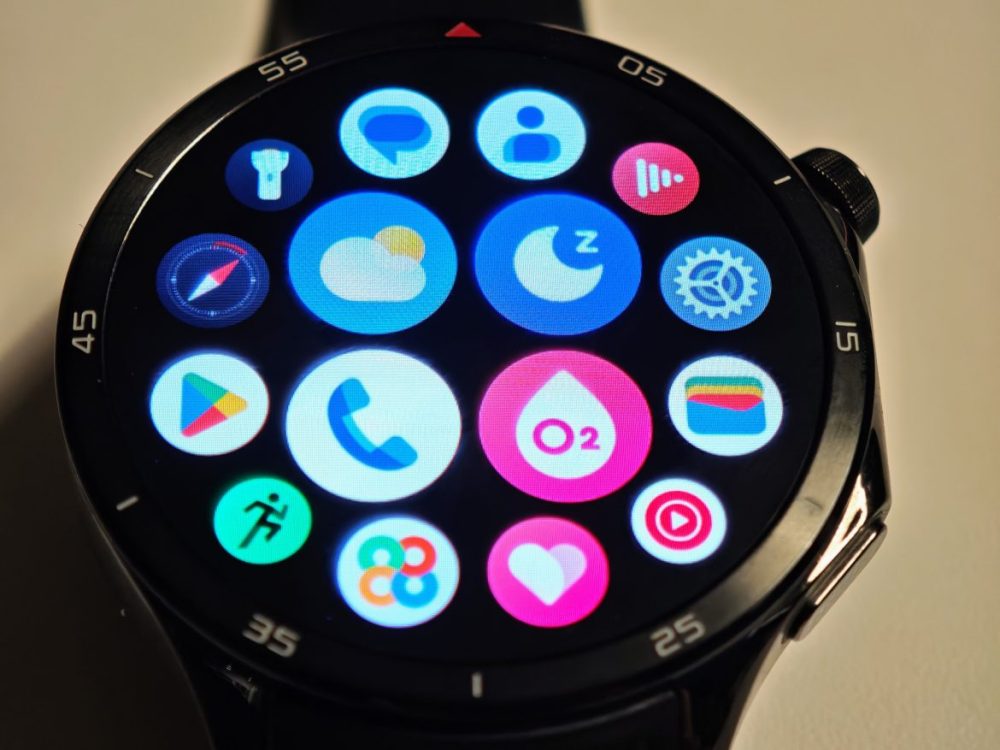
The 1.5-inch display utilizes LTPO technology, enabling a dynamic refresh rate that can scale down to 1 Hz. The screen’s brightness can reach a maximum of 2,200 nits in specific modes, ensuring excellent readability in most conditions. However, visibility may be reduced under direct, intense sunlight.
Performance & Battery Life
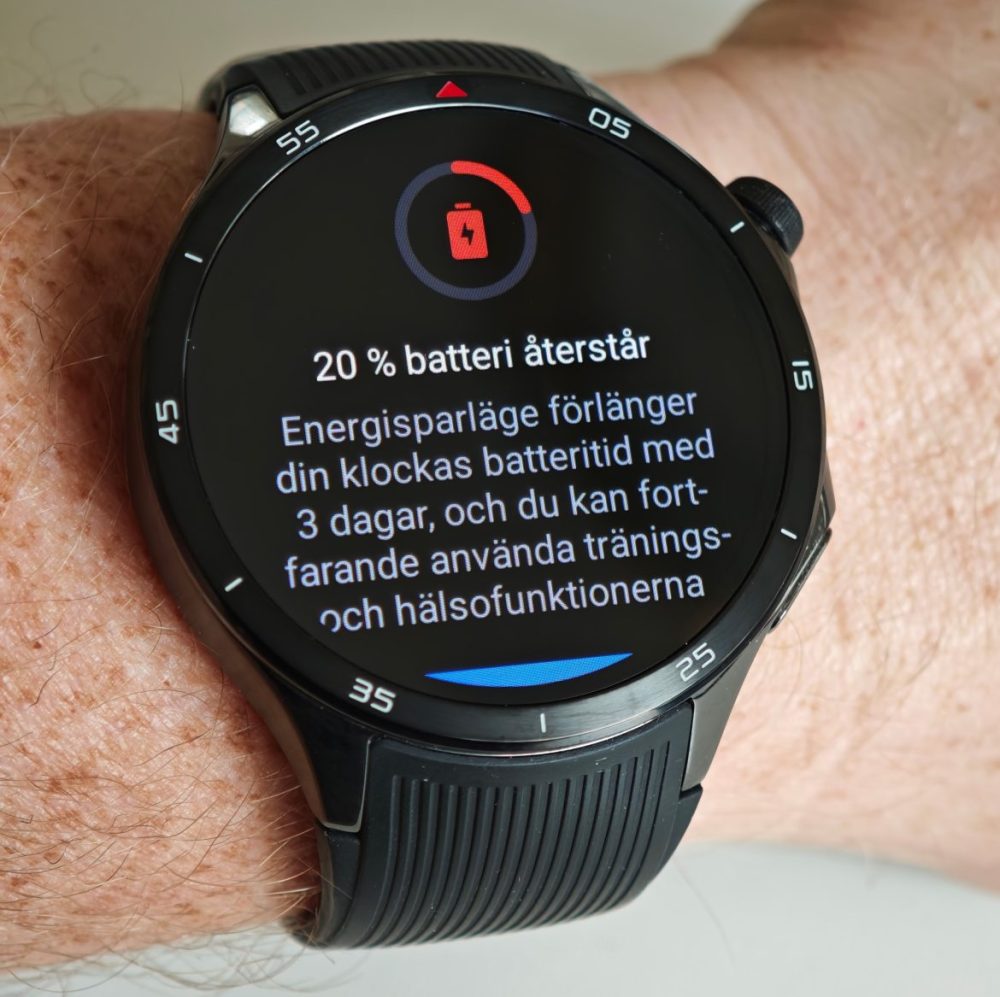
Powering the watch is OnePlus’ “Dual-Engine Architecture,” which incorporates two distinct chipsets. A Snapdragon W5 processor handles demanding tasks and applications, while a more energy-efficient BES2800 processor manages background activities and core functions using a Real-Time Operating System (RTOS).
The dual-processor system performs seamlessly, with transitions between the chipsets occurring unnoticed. Operations such as switching between applications, controlling Spotify playback, and utilizing Google Maps navigation are consistently rapid. During sleep mode, the Snapdragon W5 is disabled to conserve power, and the watch relies on the BES2800 processor.
This intelligent dual-chipset implementation noticeably extends battery life. A common limitation of Wear OS watches is their typical 1–3 day battery life. The OnePlus Watch 3, however, offers significantly improved endurance. During the testing period, the watch required charging every 3–5 days on average. With frequent use of features such as GPS tracking during workouts, the watch lasted approximately 3 days. Under normal usage patterns, a 4–5 day battery life is readily achievable.
While disabling certain features can extend battery life beyond two weeks, it is worth considering that sacrificing functionality to that extent might warrant exploring alternatives to a Wear OS smartwatch.
Software and Ecosystem
The OnePlus Watch 3 operates on the latest version of Google’s smartwatch operating system, Wear OS 5. This iteration introduces general performance enhancements and improved power management compared to previous versions, contributing to the interface’s responsiveness.
A particularly welcome feature, anticipated by many Wear OS users, is the ability to switch paired mobile phones without requiring a full factory reset of the watch.
All health and training data collected by the watch is aggregated and presented within OnePlus’ dedicated mobile application, OHealth. The app features an intuitive interface and provides a clear, streamlined overview of the data. Notably, all functions and detailed data within the OHealth app are available free of charge. In an environment where competitors increasingly restrict access to health data and analysis behind paywalls and subscription services, OnePlus’ approach is commendable.
Health & Training
OnePlus has invested significantly in the health and training capabilities of the Watch 3. The device incorporates an extensive array of sensors: an 8-channel heart rate sensor, a 16-channel sensor for measuring blood oxygen saturation (SpO2), a wrist temperature sensor, and support for ECG measurement. Functions for assessing arterial stiffness are also included, although the consistency of the results is variable, suggesting that these measurements may be less precise.
Sleep tracking has been refined compared to prior models, now incorporating features for detecting snoring and analyzing potential breathing irregularities during sleep. This functionality requires the presence of a paired phone and manual activation within the app prior to sleep.
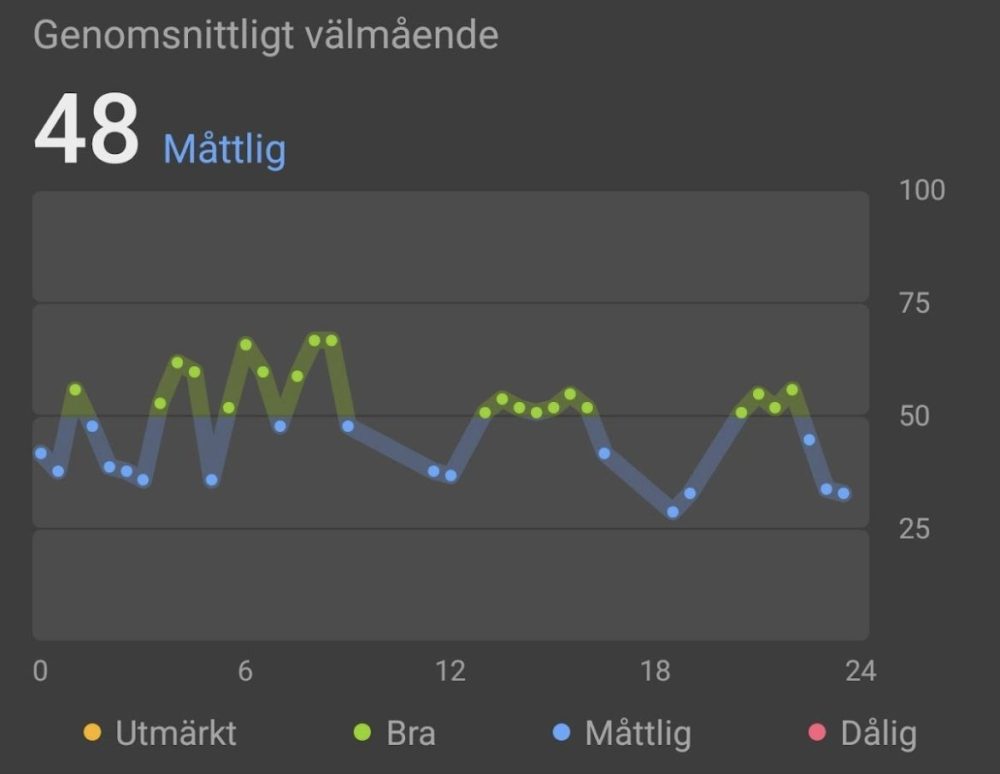
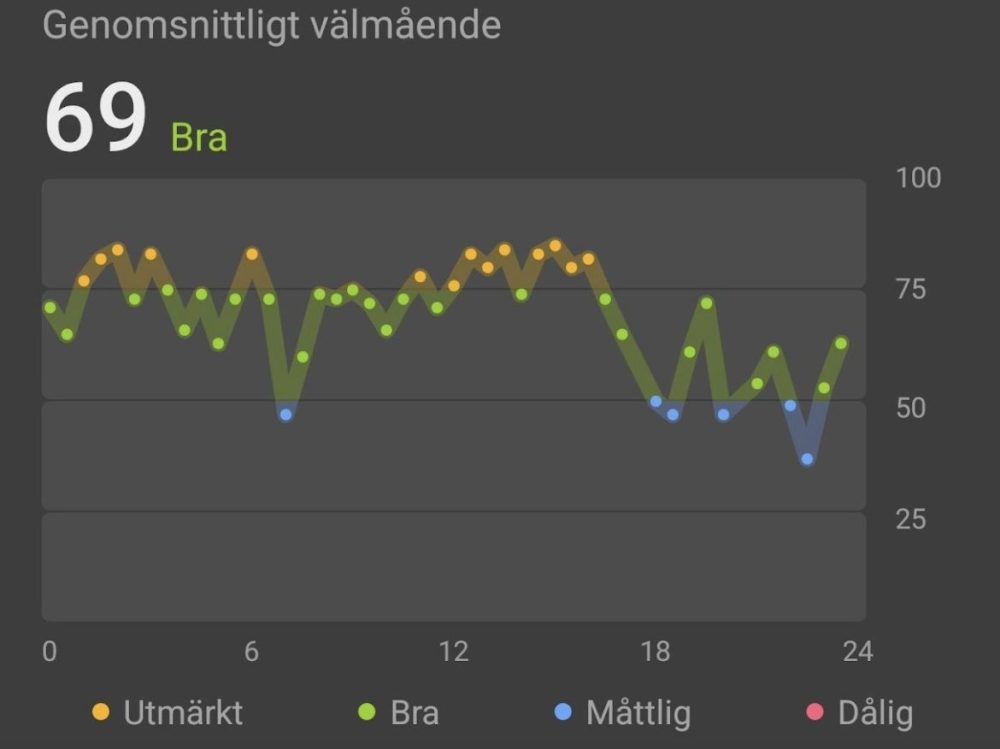
For mental wellness, the “Well-being” function utilizes data such as heart rate variability (HRV) to assess stress levels and offers guided breathing exercises to promote relaxation. These exercises can be effective, as evidenced by the noticeable difference in HRV between a stressful workday and a day of rest, as shown in the images above.
For exercise tracking, the watch provides over 100 different sport modes, including 11 professional modes that offer more detailed data. During the test period, the watch was primarily used for walks, cycling, and running, with consistent and accurate tracking performance.
Automatic exercise detection is supported for common activities (running, walking, rowing machine, cross trainer, cycling, swimming) and functions reliably. The detection typically activates within a few hundred meters, which is acceptable. This feature is beneficial for capturing workouts that might otherwise be missed due to manual start failures.
All data synchronizes seamlessly with the OnePlus health app on the paired phone. For runners, the app provides advanced analysis of fat and carbohydrate burning based on heart rate zones, along with detailed information on running form (such as stride length and ground contact time). For sports like tennis and badminton, swing speed analysis is also available.
GPS performance incorporates dual-frequency band support (L1+L5). During runs and bike rides, GPS tracking was consistently reliable and achieved rapid position acquisition.
A minor drawback encountered during training sessions is the occasional difficulty in quickly accessing and interacting with incoming notifications while in an active training view. Accessing notifications often requires navigating away from the current screen, which can momentarily disrupt the workout.
Conclusion
After several weeks of evaluating the OnePlus Watch 3, we conclude that it offers a compelling user experience with few significant shortcomings. Its battery life is particularly impressive for a Wear OS smartwatch. The device provides comprehensive training functions and readily accessible health data, all without subscription fees.
Areas for potential improvement include the lack of LTE connectivity. While offline music playback via Bluetooth headphones is supported, internet access requires a paired phone. Furthermore, the reliance on a nearby phone for complete sleep tracking (snoring detection) is a limitation.
With a recommended retail price of 4 199 SEK, the OnePlus Watch 3 earns a strong recommendation.
OnePlus provided review samples for this evaluation. The provision of review materials does not influence our editorial independence. Our reviews are conducted independently and prioritize the interests of our readers and consumers.

